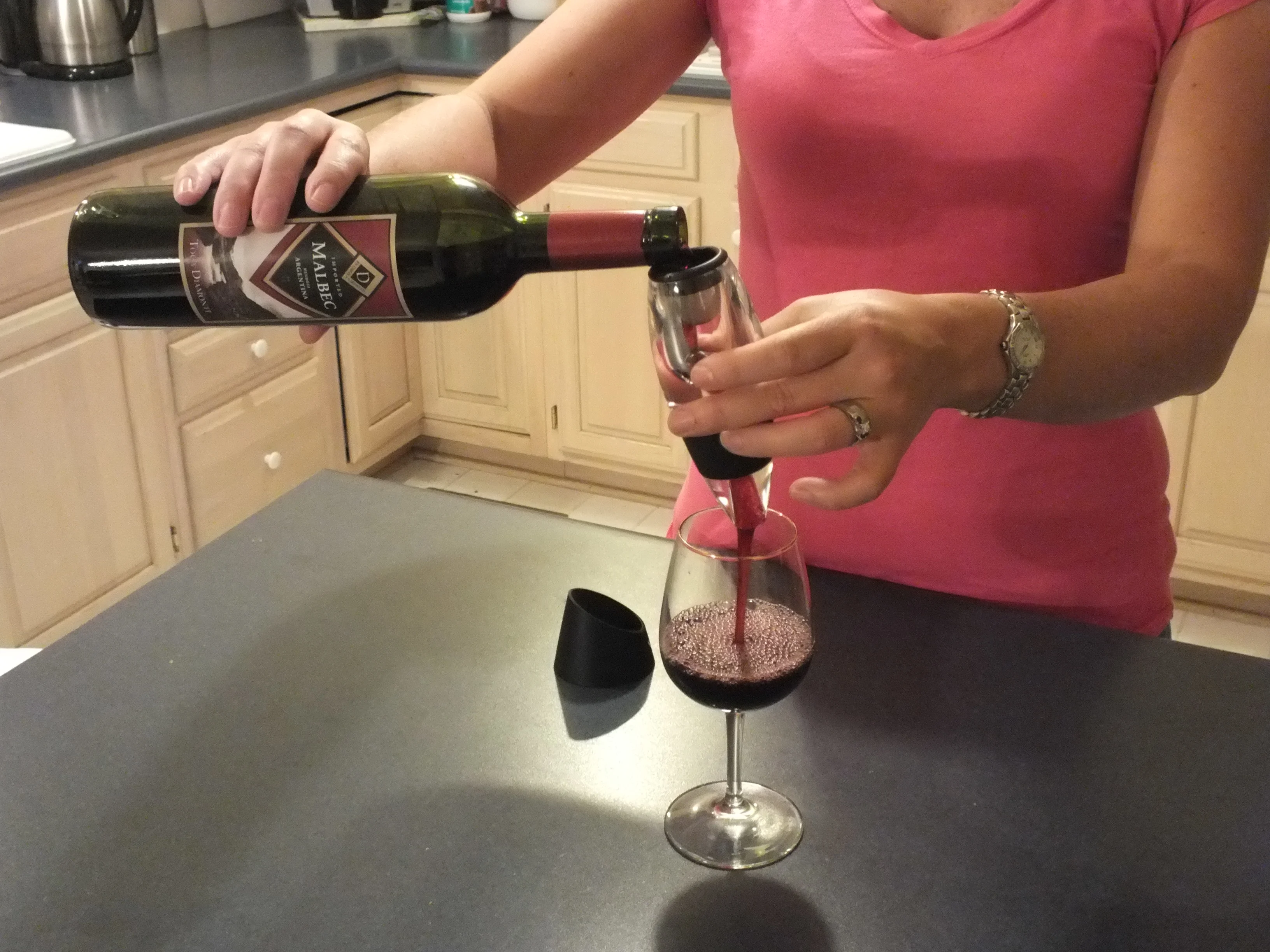Exploring the Multifaceted Influences on Global Wine Prices
The allure of a fine bottle of wine is undeniable, cherished by enthusiasts worldwide for its exquisite taste and timeless appeal. However, determining the precise value of wine proves to be an intricate puzzle with elusive answers. Delving into a comparison of wine prices across major cities like Hong Kong, New York, London, and Paris, one quickly discovers astonishing disparities even among seemingly identical vintages. While a vintner’s personal evaluation of their craft undoubtedly plays a role, the enigmatic world of wine pricing is shaped by a multitude of objective factors that reverberate across the globe.
In the realm of wine commerce, the price of a bottle goes beyond mere subjective whims; it emerges as a result of an intricate interplay between various influences. Understanding these factors provides a deeper appreciation for the complexities that govern the global wine market.

Factors in Global Wine Prices
Regional Demand and Market Trends:
The location of a winemaker’s vineyard is a central factor in its price because of the storied tradition of winemaking. Although the hardy grapevine thrives in a variety of environments globally, the regions that produce the best grapes such as the historic foothills of rural Italy are hotly desired and prohibitively expensive to maintain, leading to higher prices among winemakers who have access to these lands.
The location of the source vineyard can also have a dramatic effect on the final price of a bottle in a given locale after factoring in hidden expenses such as shipping and customs, costs which are usually passed on to the consumer in the form of higher prices per ounce.
The demand for wine differs significantly from region to region, and this disparity heavily impacts prices. For instance, Asia’s burgeoning interest in fine wines has surged in recent years, driving up prices for specific labels in places like Hong Kong. On the other hand, the mature markets of Europe and the United States might exhibit more stable trends. Variations in consumer preferences and cultural traditions play a substantial role in shaping regional demand.
Production Costs and Scarcity:
Another core factor in the price of a bottle of wine is its availability or lack thereof. Most of the wine community’s most highly regarded vintages are produced in small quantities to preserve their exclusivity, and the relative rarity of these bottles leads to much higher prices in the open market.
These bottles are often individually numbered to highlight their short supply, and wine enthusiasts at the wholesale, retail and consumer levels are often willing to pay extremely high premiums for these wines. This effect can be even more pronounced in areas not known for their access to fine wine or wineries.
The cost of producing wine can vary dramatically depending on factors like the vineyard’s location, climate, labor expenses, and the availability of resources. Limited production due to low yields or rare and sought-after grape varieties can create scarcity, driving prices upward.
Quality and Reputation:
As with all industries, the name and legacy of the producer also have an effect on the price of a bottle of wine. A vintner who is virtually unknown in one area of the world may have an established following in other countries, and these countries charge a higher price for a vintage based on its domestic reputation.
Premium winemakers also employ higher-end materials in the manufacture of their finished products, such as oak barrels for aging, colored glass to prevent light damage, higher quality labels that endure over time for the convenience of wine collectors. Even the grapes used in the actual production of top-shelf wines are frequently more expensive than grapes used in their less expensive counterparts or can be less common in certain regions, meaning that the price tag of a superior wine begins climbing the day the grapes are harvested.
The quality and reputation of a winery or a particular vintage significantly influence its market value. Wines from well-established, highly regarded estates often command premium prices due to the perceived assurance of exceptional craftsmanship and consistent quality.
Critics and Ratings:
Wine critics and professional tasters wield considerable influence over consumer perception. A highly-rated review from a renowned wine critic can significantly elevate the market value of a wine, sparking greater demand and, consequently, higher prices.
Economic Factors:
Global economic conditions, including inflation, exchange rates, and overall financial stability, can have a substantial impact on wine prices. Economic fluctuations may alter consumers’ spending habits and lead to fluctuations in demand and supply.
Government Regulations and Taxes:
Wine production and sales are subject to various governmental regulations and taxes, which can vary significantly from one country to another. These legal and fiscal frameworks can directly affect the final retail price of wine in different markets.
Aging Potential:
Certain wines are renowned for their ability to age gracefully, improving in taste and complexity over time. Wines with long aging potential often appreciate in value as they become rarer, leading collectors and investors to pay a premium for these bottles.
Cultural Significance:
In some cultures, wine holds deep cultural significance, making it a symbol of prestige and luxury. Such cultural associations can influence consumers’ willingness to pay higher prices for certain wines, particularly for special occasions and gifting.
Marketing and Branding:
The way a wine is marketed and branded plays a pivotal role in shaping its perceived value. Skillful marketing campaigns and a compelling brand story can elevate a wine’s appeal and justify premium pricing.
In conclusion, the enigmatic world of wine pricing is a fascinating blend of art, economics, culture, and perception. While a vintner’s passion and expertise contribute to the craft, objective factors such as regional demand, production costs, quality, critical acclaim, economic conditions, regulations, aging potential, and branding collectively shape the global wine market. The next time you uncork a bottle of wine, you’ll be reminded of the intricate dance of elements that influence its price, making each sip a truly remarkable experience.
